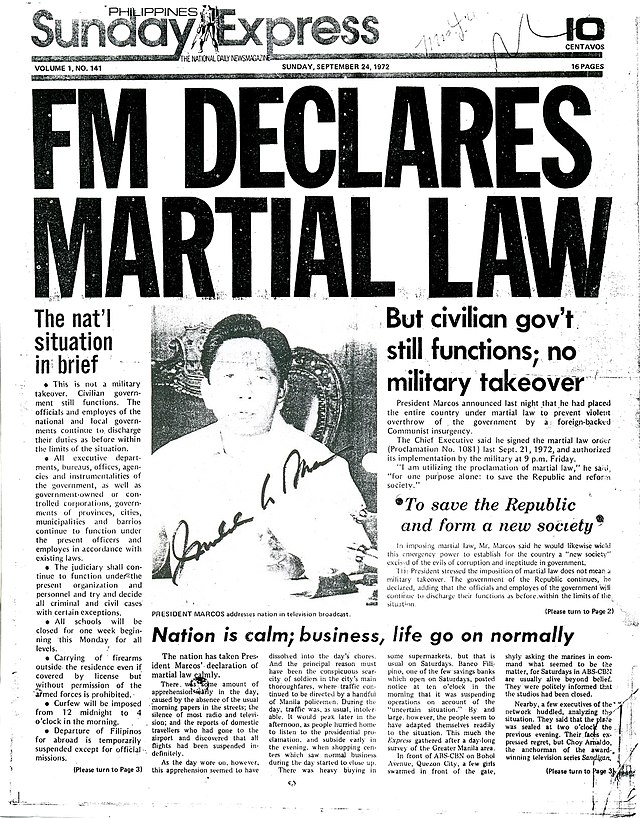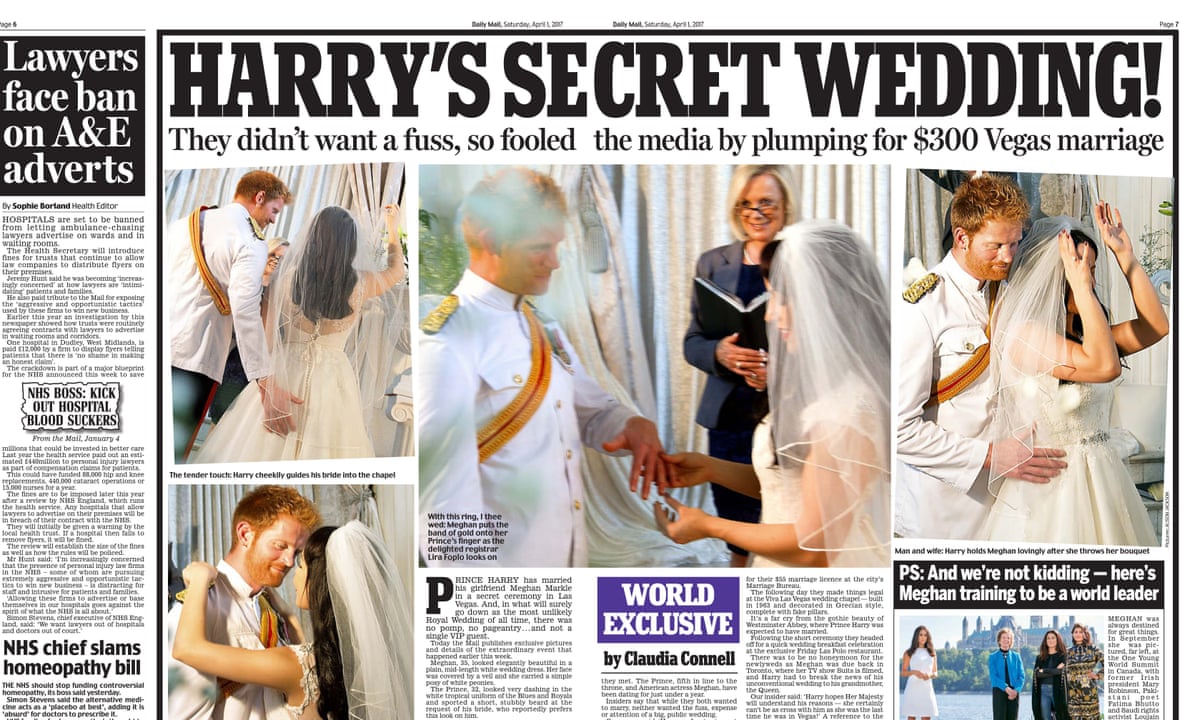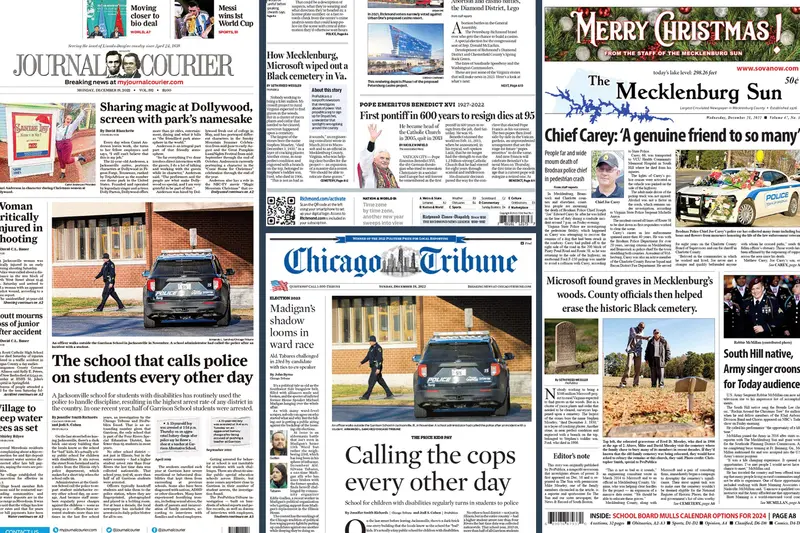What Does News Articles Mean?
What Does News Articles Mean?
Blog Article
How News Articles can Save You Time, Stress, and Money.
Table of Contents6 Easy Facts About News Articles Shown3 Easy Facts About News Articles ExplainedExcitement About News ArticlesFascination About News ArticlesTop Guidelines Of News Articles
Excellent understanding of different topics provides trainees a competitive edge over their peers. Also though digital and social media sites are readily available, we should not neglect exactly how vital it is to check out the papers. Parents should attempt and inculcate the routine of checking out a paper as a day-to-day regimen to proceed the tradition of the revered print tool.Newspaper article additionally include a minimum of among the complying with vital attributes about the designated target market: closeness, prominence, timeliness, human rate of interest, strangeness, or consequence. The relevant term journalese is occasionally made use of, generally pejoratively, to describe news-style writing. Another is headlinese. Newspapers normally stick to an expository writing style.
Within these restrictions, newspaper article additionally aim to be comprehensive. Nevertheless, other factors are entailed, some stylistic and some stemmed from the media kind. Amongst the larger and a lot more reputable papers, fairness and balance is a major consider providing details. Commentary is usually confined to a separate section, though each paper might have a various overall slant.
Newspapers with a global audience, for example, often tend to use an extra official design of writing. News Articles.; usual design guides include the and the US News Design Book.
4 Simple Techniques For News Articles
As a regulation, journalists will certainly not use a long word when a short one will certainly do. They use subject-verb-object construction and brilliant, active prose (see Grammar). They offer anecdotes, examples and allegories, and they hardly ever depend upon generalizations or abstract ideas. News writers try to avoid utilizing the very same word more than once in a paragraph (often called an "resemble" or "word mirror").
Headings occasionally leave out the topic (e.g., "Leaps From Watercraft, Catches in Wheel") or verb (e.g., "Feline woman lucky"). A subhead (likewise subhed, sub-headline, subheading, caption, deck or dek) can be either a secondary title under the major heading, or the heading of a subsection of the write-up. It is a heading that precedes the main text, or a team of paragraphs of the main text.

Added signboards of any of these types may show up later on in the short article (especially on succeeding pages) to tempt further reading. Such signboards are also used as reminders to the post in other sections of the magazine or site, or as ads for the piece in various other publication or sites. Typical structure with title, lead paragraph (recap in vibrant), various other paragraphs (information) and call details.

Example of a hard-lead paragraph NASA is recommending one more room job. The budget plan requests around $10 billion for the job.
An "off-lead" is the second most essential front page news of the day. To "bury the lead" is to start the write-up with background info or information of second relevance to the readers, compeling them to check out even more deeply into a short article than they ought to have to in order to uncover the crucial factors.
News Articles Fundamentals Explained
Typical usage is that one or two sentences each form their own paragraph. Journalists generally define the company or framework of a newspaper article as an upside down pyramid. The essential and most fascinating aspects of a tale are put at the beginning, with supporting information complying with in order of reducing significance.
It allows individuals to discover a subject to only the deepness that their inquisitiveness takes them, and without the imposition of details or subtleties that they might consider unnecessary, yet still making that details readily available to much more interested viewers. The upside down pyramid framework likewise allows write-ups to be cut to any type of arbitrary length during design, to fit in the space readily available.
Some writers start their stories with the "1-2-3 lead", yet there are lots of kinds of lead available. This layout usually starts with a "5 Ws" opening paragraph (as described above), complied with by an indirect quote that serves to support a significant element of the first paragraph, and afterwards a direct quote to sustain the indirect quote. [] A twist can describe several things: The last tale current broadcast; a "satisfied" click to find out more story to finish the program.
Longer articles, such as publication cover articles and the pieces that lead the inside areas of a newspaper, are called. Function tales vary from straight information in a number of methods. Foremost is the absence of a straight-news lead, many of the moment. Rather than offering the essence of a story in advance, feature authors may try to entice readers in.
The Of News Articles
The reporter usually details communications with meeting topics, making the item more more tips here individual. A function's very first paragraphs usually relate an appealing minute or event, as in an "anecdotal lead". From the particulars of an individual or episode, its sight promptly broadens to generalizations regarding the story's topic. The area that signals what a function is around is called the or signboard.

The Editor's Tool kit: A Reference Overview for Beginners and Professionals (2001) Allan M. Siegal and William G. Connolly. The New York City Times Handbook of Style and Usage: The Authorities Style Overview Made Use Of by the Writers and Editors of the Globe's The majority of Reliable Paper (2002) M. L. Stein, Susan Paterno, and R.
Report this page